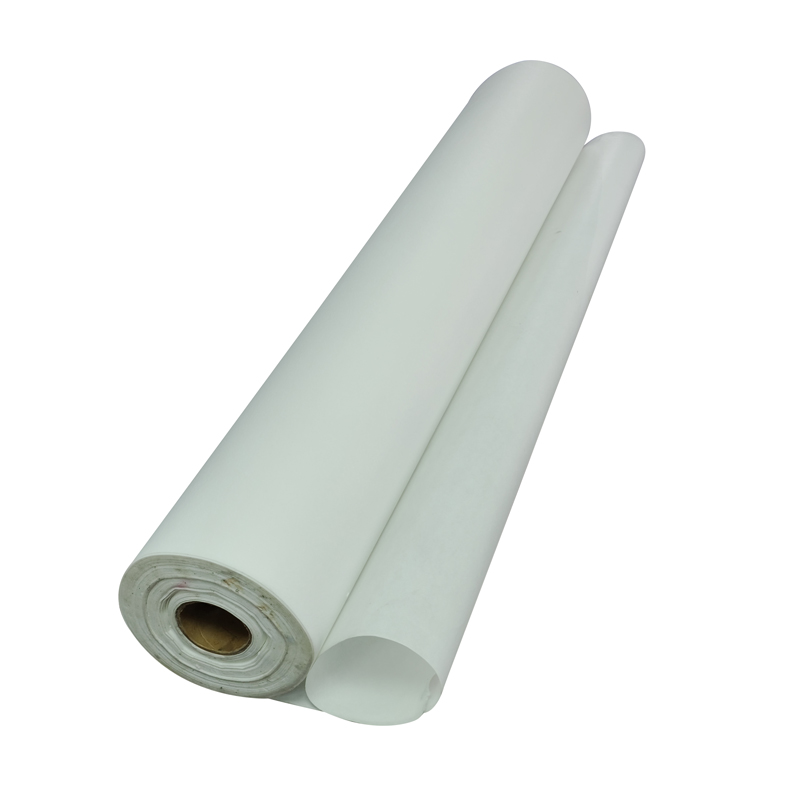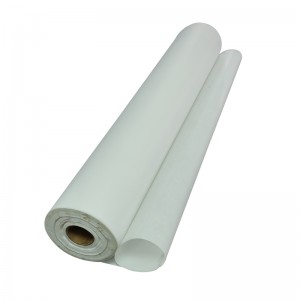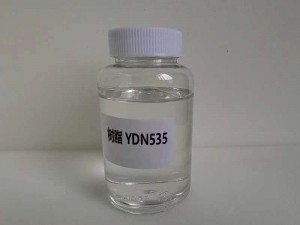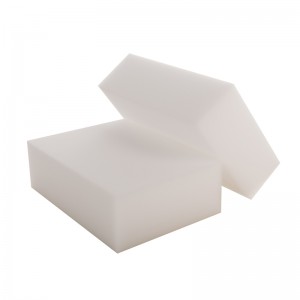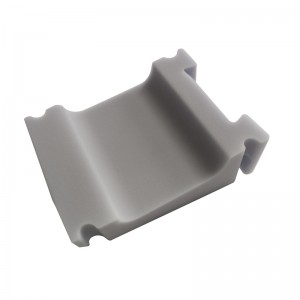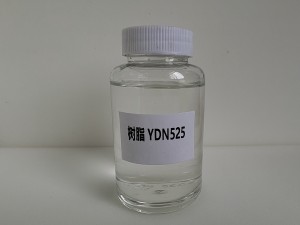
YADINA High-fineness Soft Melamine Foam
Product Description
Yadina high-fineness soft melamine foam is a highly porous, inherently flame-retardant, soft foam material made by foaming melamine resin under specific process conditions. When exposed to an open flame, the surface of the foam begins to burn and immediately decomposes to produce a large amount of inert gas, which dilutes the surrounding air. At the same time, a dense char layer quickly forms on the surface, effectively isolating oxygen and causing the flame to self-extinguish. The foam does not produce drips or toxic small molecules and can eliminate the fire safety hazards associated with traditional polymer foams. Therefore, without the addition of flame retardants, the flame retardancy of this foam can reach the B1 level of low flammability material standard specified by DIN4102 (German standard) and the V0 level of high flame retardancy material standard specified by UL94 (American Insurance Association standard). The foam material has a three-dimensional grid structure with an opening rate of up to 99%, which can effectively convert sound waves into grid vibrations that are consumed and absorbed, showing excellent sound insulation performance. It can also effectively block convective heat transfer of air, and with its unique thermal stability, it has good thermal insulation properties.
Compared with ordinary soft melamine foam, Yadina high-fineness soft melamine foam has smaller pore size and a smoother feel on the cross section, but the molecular structure and intrinsic properties are the same. The high-fineness soft melamine foam is more suitable for heat insulation, insulation management of narrow spaces in electronic product manufacturing, sound absorption in buildings, and long-term retention of liquid nutrients for soilless cultivation.
Yadina high-fineness soft melamine foam can be die-cut into foam rolls, serving as aerogel blankets, greatly expanding the application of aerogels. The melamine foam aerogel blanket can replace traditional, environmentally unfriendly insulation materials, such as fiberglass, due to its high flame-retardant point, good hydrophobicity, and low thermal conductivity. It can be widely used in building structures, factory equipment, electronic products, automobiles, power batteries, high-speed trains, and aerospace fields.

